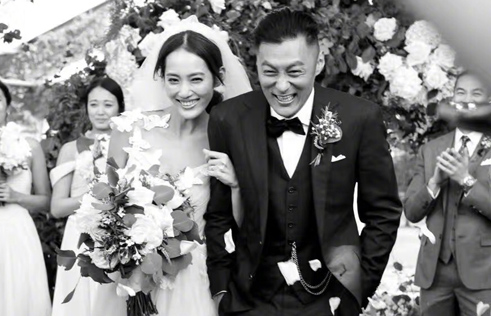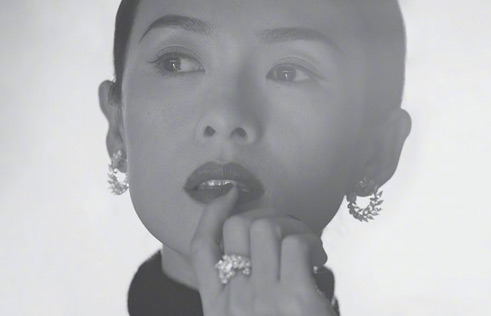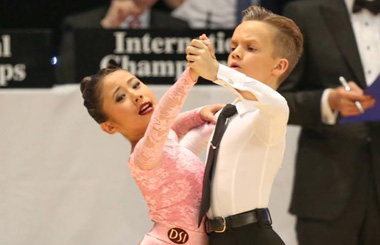Art on the move
First there was Yuanmingyuan, then Songzhuang and later, the 798 Art Zone. As urbanization spreads, artists' villages are being forced to newer locations. Zhu Linyong reports
Yi Ling, 49, widely acknowledged as head of the Yuanmingyuan Artists' Village of the early 1990s, likens artists to nomads. "They are always hunting for new pastures to satisfy their hunger for inner peace, personal freedom, and a sense of achievement," says Yi who has witnessed the dramatic turns in the development of China's artists' villages.
In 1983, the self-taught writer and artist quit his job at a textile factory in suburban Shanghai, to embark on "a journey without a clear destination", that lasted five years.
He traveled to many parts of the country, with help from warm-hearted strangers, wrote a stack of diaries, and produced numerous sketches of the nation's ethnic groups scattered all along the route - from Shanghai to Yunnan, and from Sichuan to the Xinjiang Uygur autonomous region.
"Doing something unusual offered an alternative for young men like me to affirm that life was meaningful," explains Yi, who failed the national college entrance exam but refused to be called a loser.
Yi ended up settling at Beijing's northwest corner near Yuanmingyuan, the ruins of the Old Summer Palace in 1988.
While doing odd jobs to support himself, Yi joined art classes, attended guest lectures at Peking and Tsinghua universities, and read every book on art that he could find.
"The 1980s was an exciting time in China," Yi says. The end of the chaotic "cultural revolution" (1966-76) and the beginning of reforms opened the door to a whole new era.
Like Yi, an estimated 400 to 500 young people - mainly painters, poets and rock musicians - came from all parts of the country to settle in villages near Yuanmingyuan, leaving behind their families.
"They attracted huge attention with their bohemian lifestyles," recalls Yi, who first painted on cheap, rough paper, and later, on wooden dippers he bought from the ethnic Miao people of Guizhou.
"The artists' village opened up the possibility of finding like-minded people, cheap and quiet living, and a gentrified camaraderie", says Yang Yingshi, a Beijing-based researcher of contemporary Chinese art.
It threw up some big names such as Fang Lijun, Yue Minjun, and Yang Shaobin, whose commercial successes have garnered huge attention.
However, life was hard for most artists. "If we compare the group of artists to a pyramid, the well-known and successful ones were but the handful occupying the tip," says artist Wang Qiuren, an early inhabitant of the Yuanmingyuan Artists' Village.
Wang still remembers that his works sold at about 50 yuan ($7.3) in 1991, mostly to Beijingers and occasionally to foreign diplomats and businessmen working in the capital. Some of his neighbors had to sell Spring Festival couplets to the farmers to put food on the table.
There were no galleries for trading original works until 1991 in Beijing and 1995 in Shanghai. And it was only in 1992 that the first auction house was established in Shenzhen, Guangdong province.
Artists working for academies, production teams or factories were commissioned to produce art as part of their routine work, explains Wang who used to work in a factory in Shanghai.
"They got nothing extra. It was difficult for independent artists to earn a living by selling their works," says Wang, whose paintings sold for about 800 yuan ($117) in 1996. Now his oil paintings and experimental inks fetch at least 30,000 yuan ($4,399).
The Yuanmingyuan Artists' Village suffered forced evictions by the local authorities in late 1994 and early 1995. "Artists were seen as troublemakers," says Wang who relocated to Xiaopu village along with Yi and others, in Songzhuang town, in eastern Beijing in 1996 after the evictions.
"At that time, nobody outside Beijing had heard about Songzhuang. But now it has established a global name," says Yang Wei, an artist from Hunan province.
Yang has seen the booming of artists' villages over the past two decades in Beijing, Shanghai, Chongqing, Chengdu, Wuhan and Hangzhou. In 2001, artists from Beijing and from other provinces began opening studios at the 798 district, an ordnance factory that is still partially functioning.
798 has an advantageous location - in downtown Beijing and just miles from the embassy quarters -and boasts of Bauhaus style space and warehouses designed by East German experts.
It soon attracted widespread attention, inviting visits by a legion of international dignitaries and heads of state, and has emerged as the icon of vanguard artists' communities in China.
In 2003, the 798 Art Zone was listed as one of the 22 cultural landmarks of the world by Time magazine.
Two years later, it was designated a Cultural and Creative Industry Cluster, along with others including Songzhuang.
In recent years, a dozen satellite artists' villages of smaller scale, have sprung up around the 798 Art Zone.
However, Li Wenzi, a Beijing-based art dealer and frequent visitor to Yuanmingyuan in the 1990s, points out that these artists' villages are very different from the one that was in Yuanmingyuan. "From the very beginning, these other villages have been driven by money. The Yuanmingyuan Artists' Village was a haven for idealists, for troubled souls seeking freedom and peace," she says.
Many of the early occupants of the 798 Art Zone were art professors at the Central Academy of Fine Arts such as sculptors Li Xiangqun and Sui Jianguo and some already successful artists who had returned to Beijing from abroad such as musician Liu Sola and painter Huang Rui, Li says.
There is much concern now about the rampant urbanization and commercialization that is forcing artists to be on constant move. More and more disputes between landlords and artists have been reported in Beijing since 2005.
A growing number of artists, unable to afford sky-high rents, are moving farther away from the city center.
The entry of big galleries, boutiques and high-end restaurants are pricing out a growing number artists, who are struggling to achieve commercial success. Conflicts between real estate developers and artists' villages have been escalating over the past year.
But Yi Ling believes this is inevitable. "This is also happening in developed, industrialized nations. The only problem here is that it is happening too fast."






















